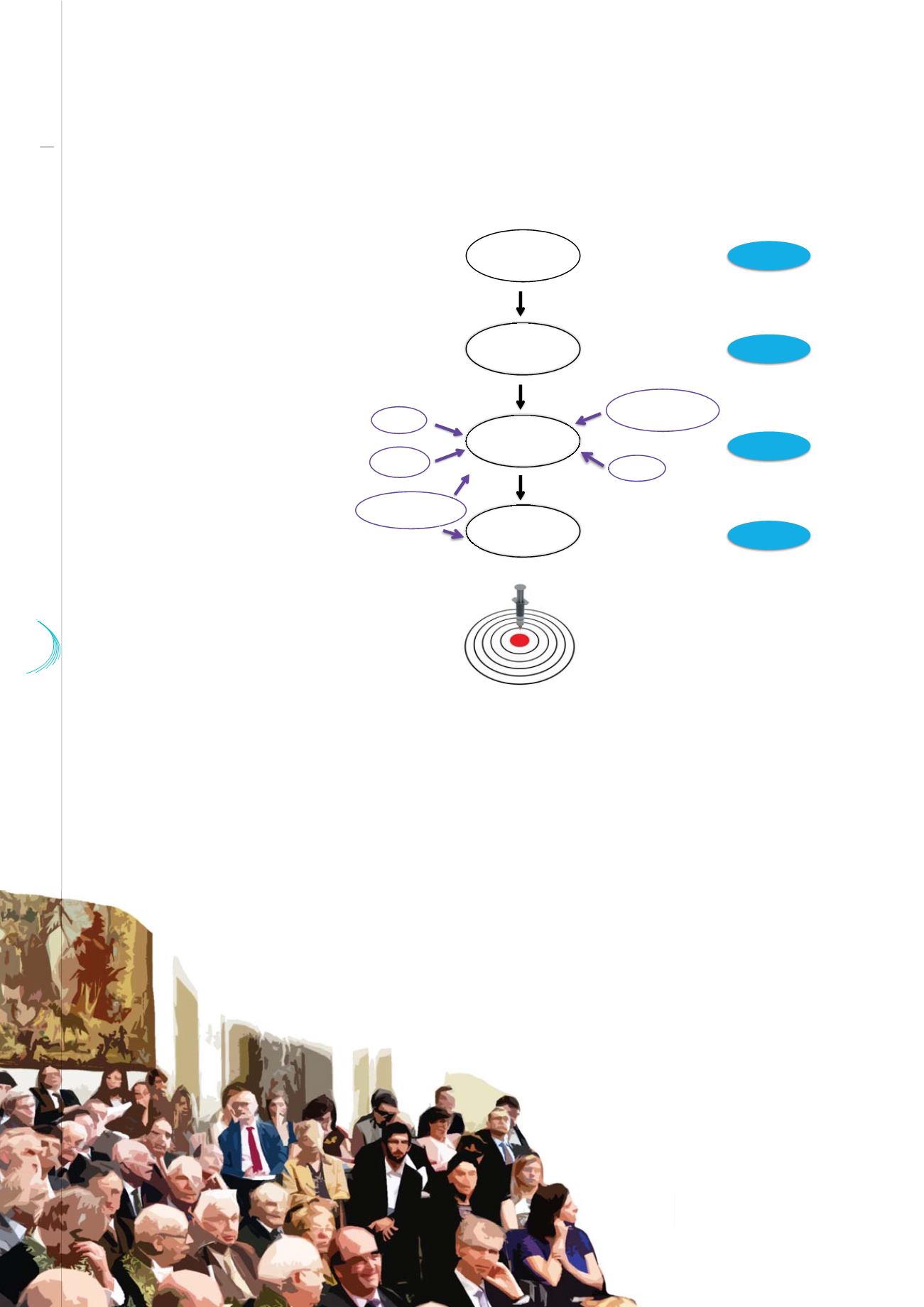

37 38
26
La Lettre
Paleolithic
> 1850
20
th
century
Observa
Ɵ
on
Empiricism
Experimenta
Ɵ
on
^ĐŝĞŶƟĮĐ ĂƉƉƌŽĂĐŚ
^LJƐƚĞŵŝĐ ĂƉƉƌŽĂĐŚ
Precision Medicine
Reduc
Ɵ
onism
Biology
Mathematics
Computer Science
Chemistry
Physics
Humanities and
Social Sciences
21
th
century?
A history of medical progress
mann - Académie des sciences
© From
B.EyA scientific approach towards medicine
As a matter of fact, the progress of medicine since 1945 stemmed from the development of a scientific
approach to medical issues, based on the input of sciences: mathematics then computer science, physics,
chemistry and, obviously, biology. The latter, in this context, made it possible to study diseases at the
molecular level, from a
reductionist standpoint that
proved fruitful.
Epidemiology plays a
central role in medicine
as it identifies the factors
that are responsible for
diseases. It implies the
use of models, whose first
example may be found in
Daniel Bernoulli’s work
1
:
he demonstrated as early
as 1760 that the method of
variolation (the inoculation
of smallpox, or variola) was
efficient in reducing the risk
of variola. Since then, it
became possible to model infectious and non-infectious diseases. Thus, the quantitative understanding of
data replaced the “opinion” in the analysis of the causes and consequences of diseases.
As for physics, it made it possible, in particular, to develop medical imaging, which
is now ever-present in medicine. It was a marvellous progression, from the first
X-ray image of a hand, obtained by Wilhelm Röntgen in 1895, to the actual applica-
tions dominated by the many assets of magnetic resonance imaging, developed by
Paul Lauterbach and Peter Mansfield (Nobel Prize 2003) who built Anatole Abra-
gam’s fundamental work on nuclear magnetic resonance. These approaches have
disrupted medicine as they have allowed us to look into the interior of the body and
1 - See AJ Valleron. CR Acad Sci Paris, Sciences de la vie 2000, 323 : 429-33


















